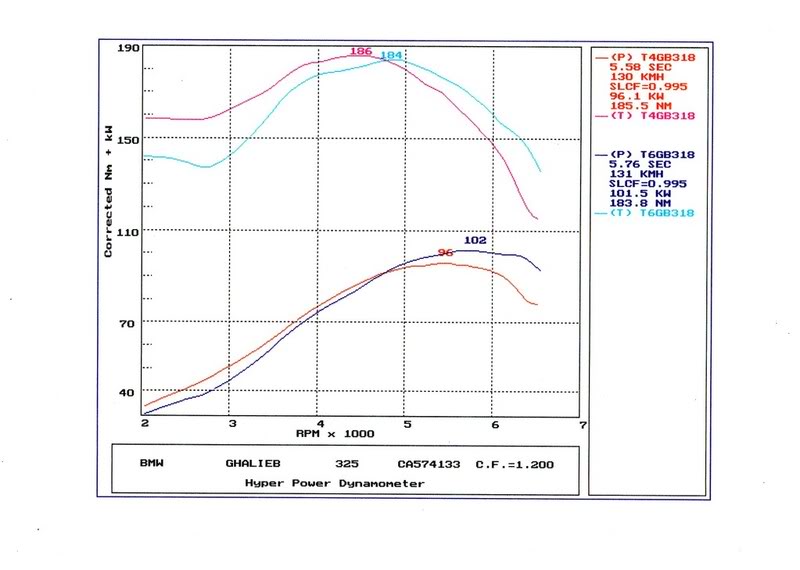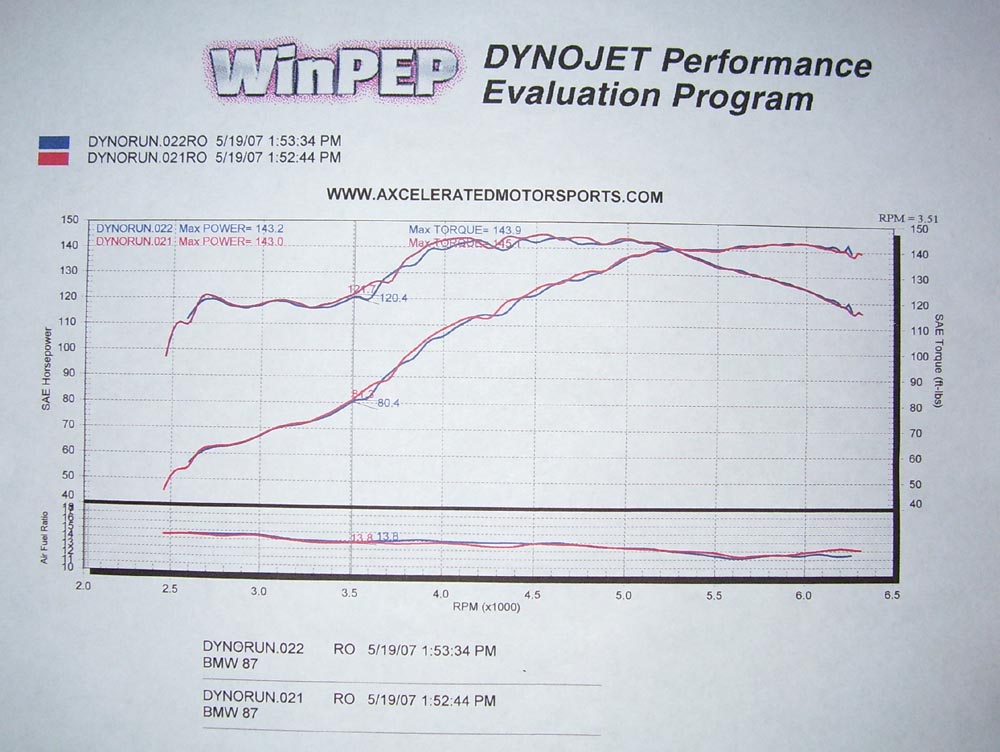Well idk about the b25 outperforming the Seta with the b25 head.
My 'stroker' can and will outperform a b25, but honestly I would rather have put the money I spent on my stroker into building a b25.
My 'stroker' can and will outperform a b25, but honestly I would rather have put the money I spent on my stroker into building a b25.







Comment